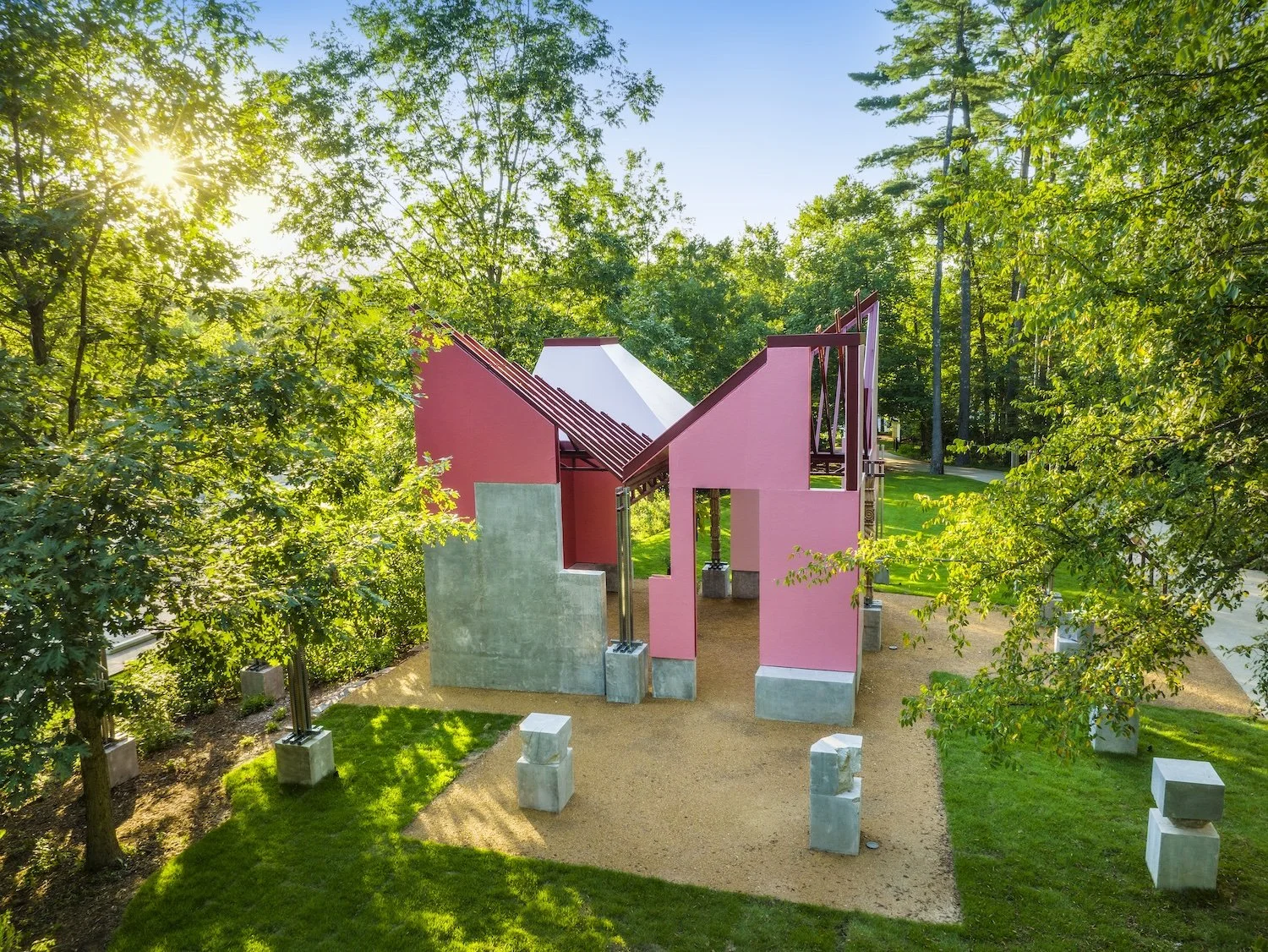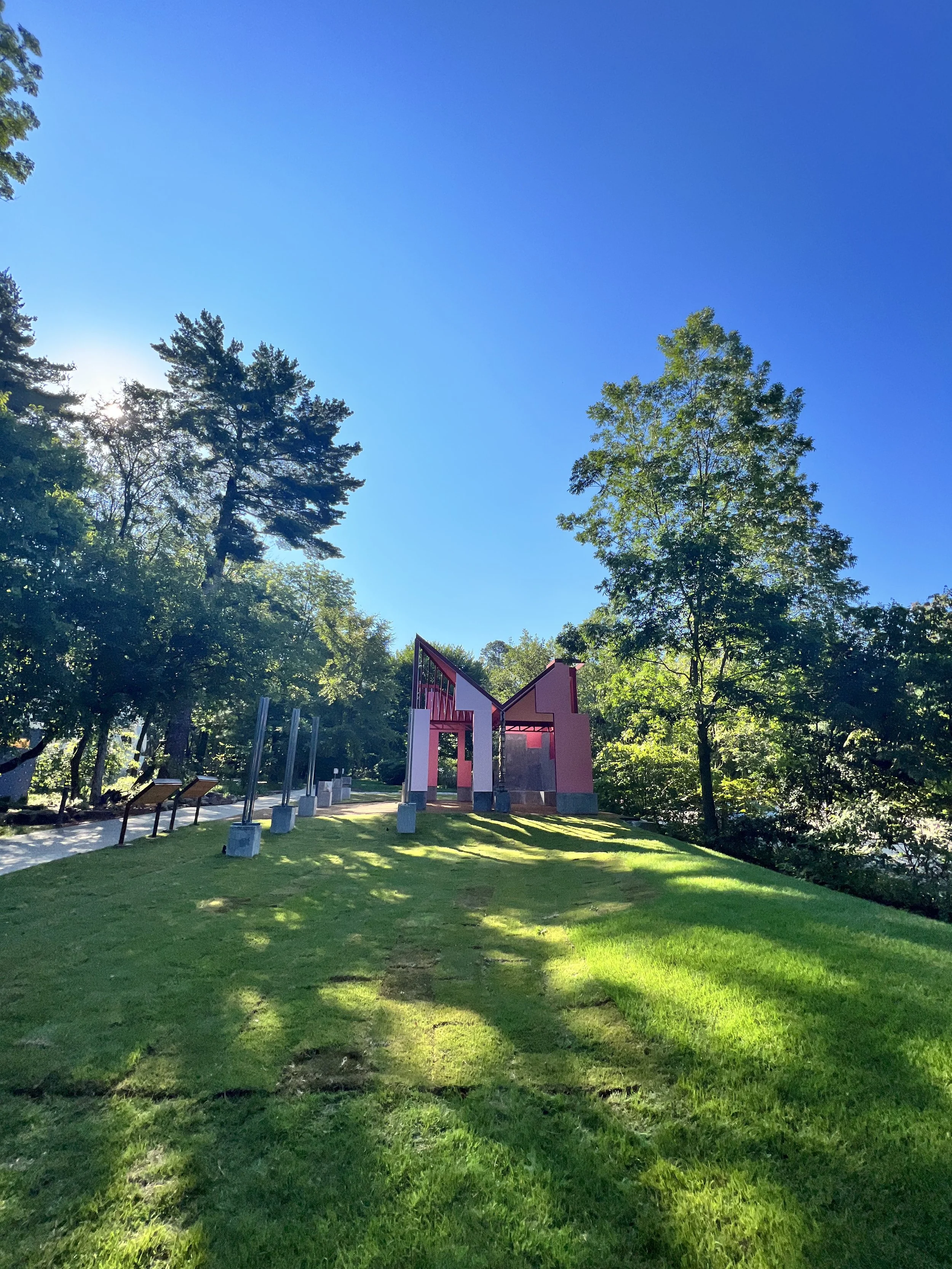Architecture at Home
“We built curiosity into structures—five homes as personal experiments, rooted in humanity, not budgets.”
What We Did
As Special Projects Editor of Architecture & Design at Crystal Bridges, Dylan Turk orchestrated Architecture at Home: an outdoor exhibition that treated the museum as a testing ground for new ways of living. Collaborating with five visionary firms—including studioSUMO, LEVENBETTS, MUTUO, PPAA, and studio:indigenous—we brought to life compact, 500-sqft housing prototypes that challenge the assumptions about affordability, individuality, and design.
Why It Matters
More than a showcase, Architecture at Home is a conversation starter. It asks us: What if the places we live in honored our stories as much as building codes? Set along side Buckminster Fuller’s Fly’s Eye Dome, the installation situates architecture as memory, ecology, and belonging. In a moment defined by unrest—pandemic, movements for justice, political fracture—these prototypes invite us to consider housing through the lens of dignity, diversity, and possibility.
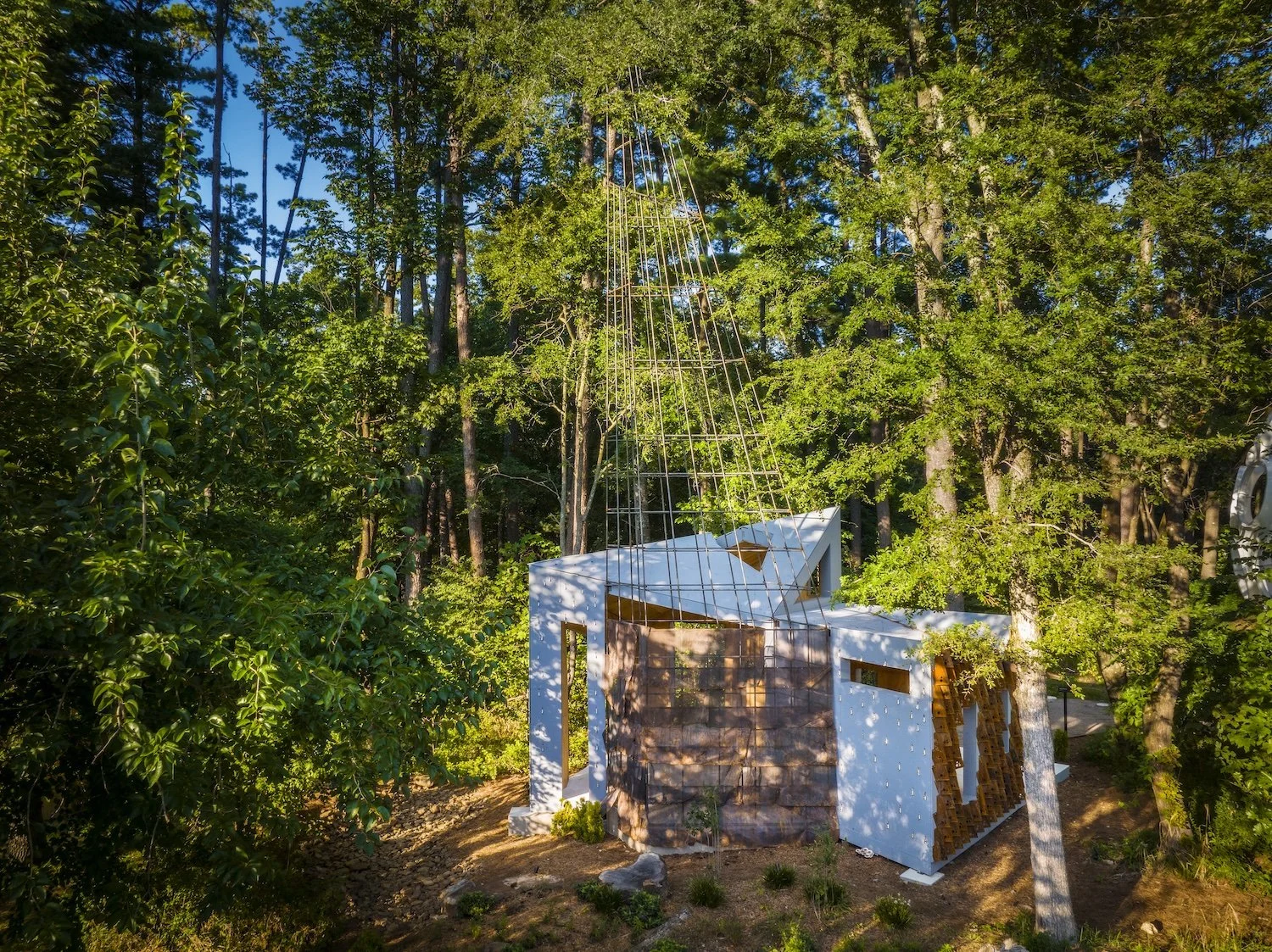
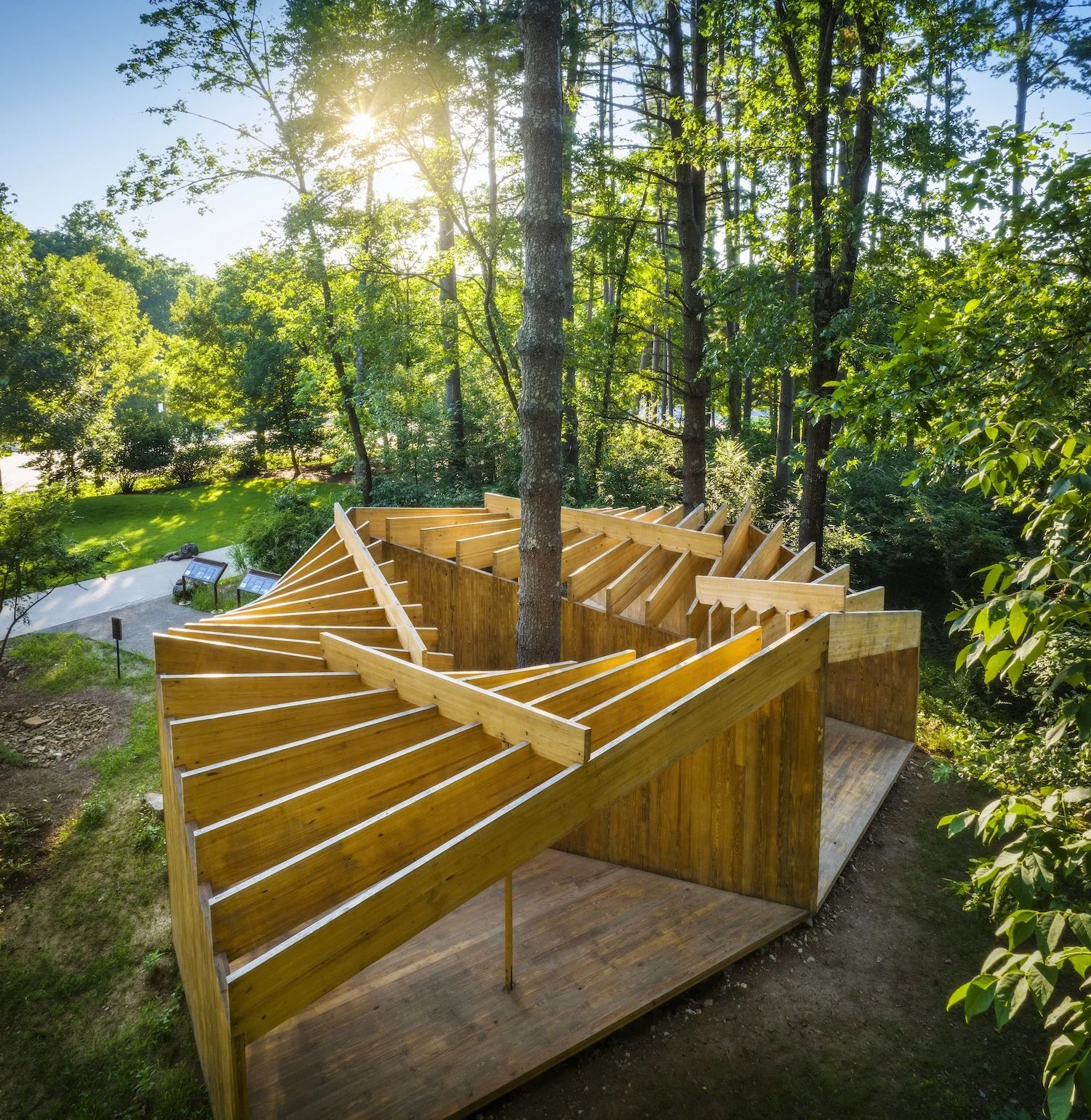
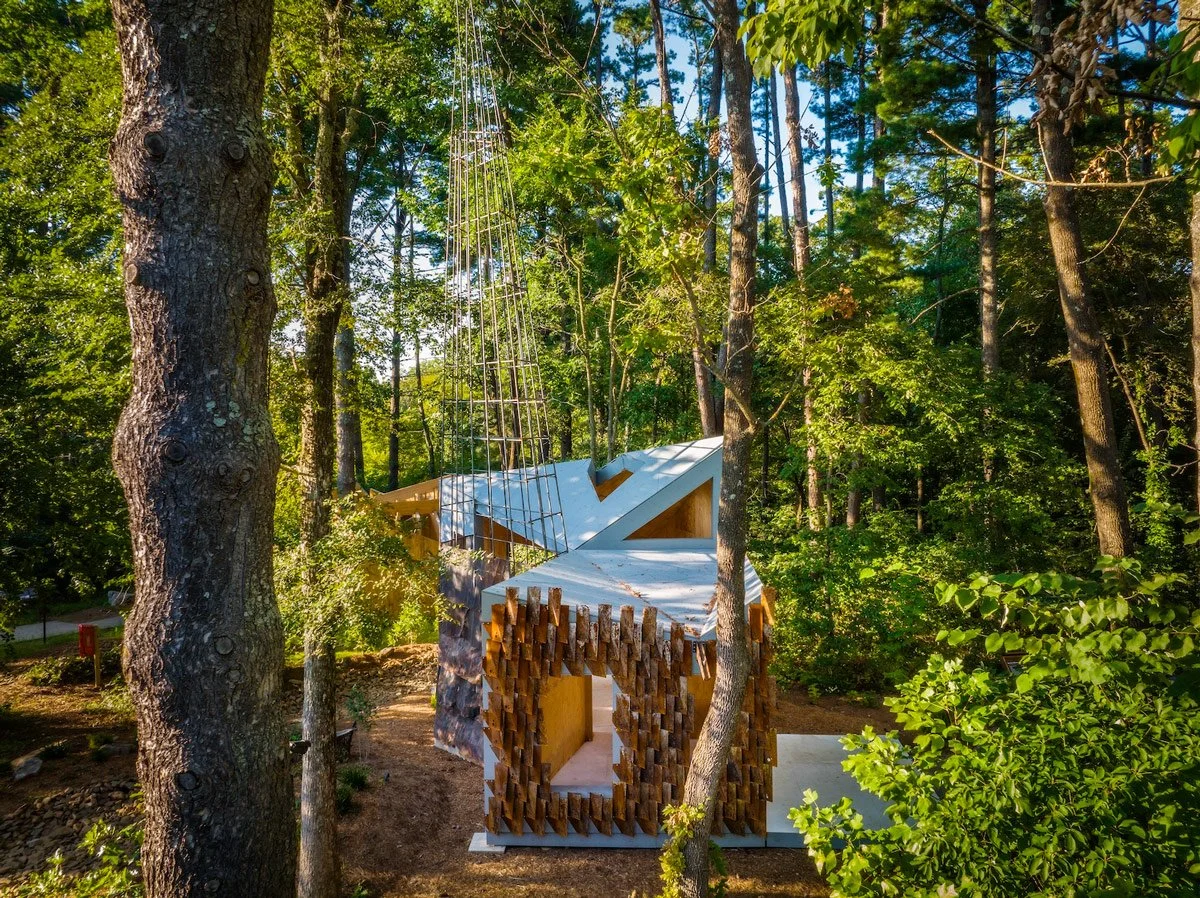
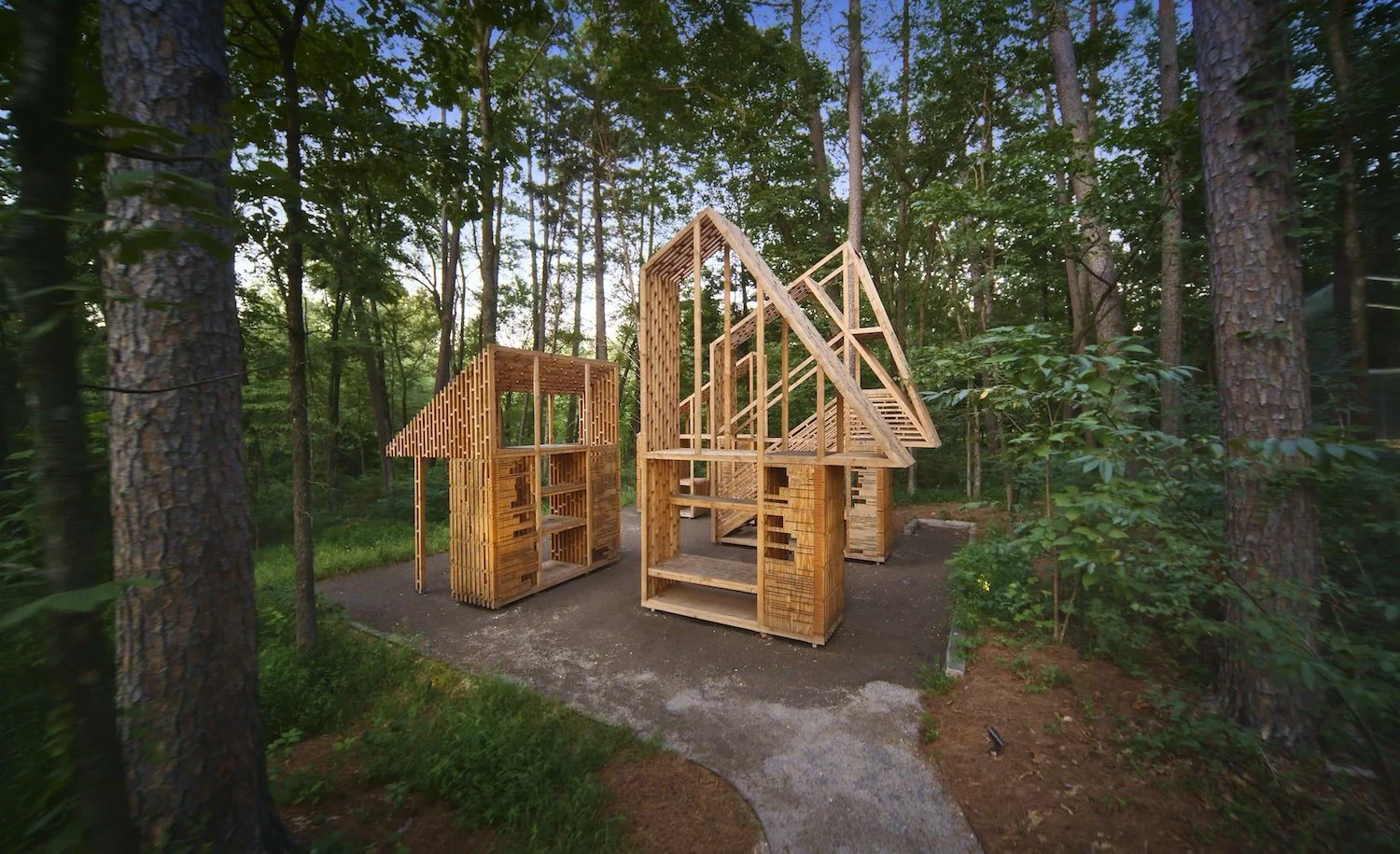
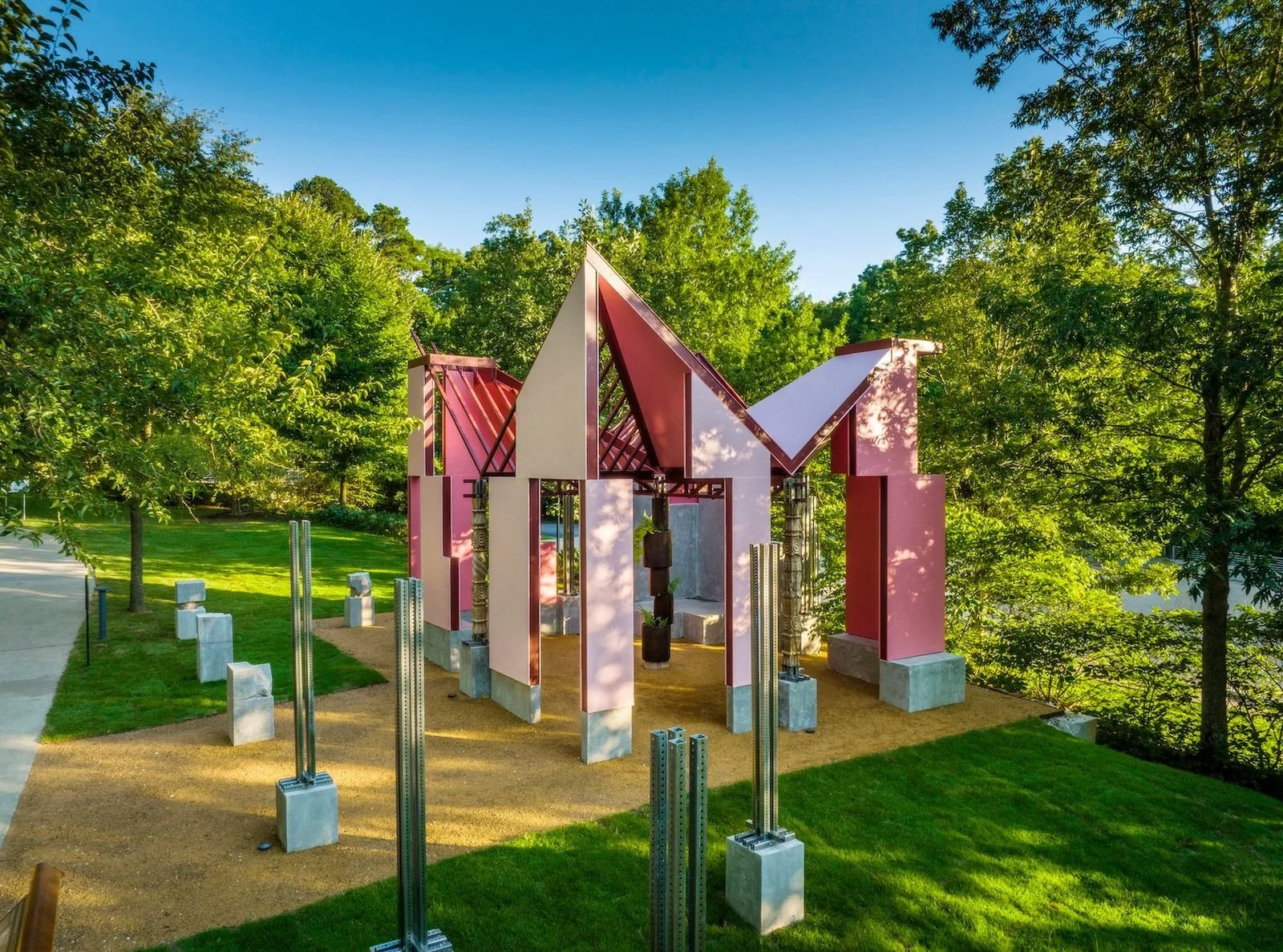
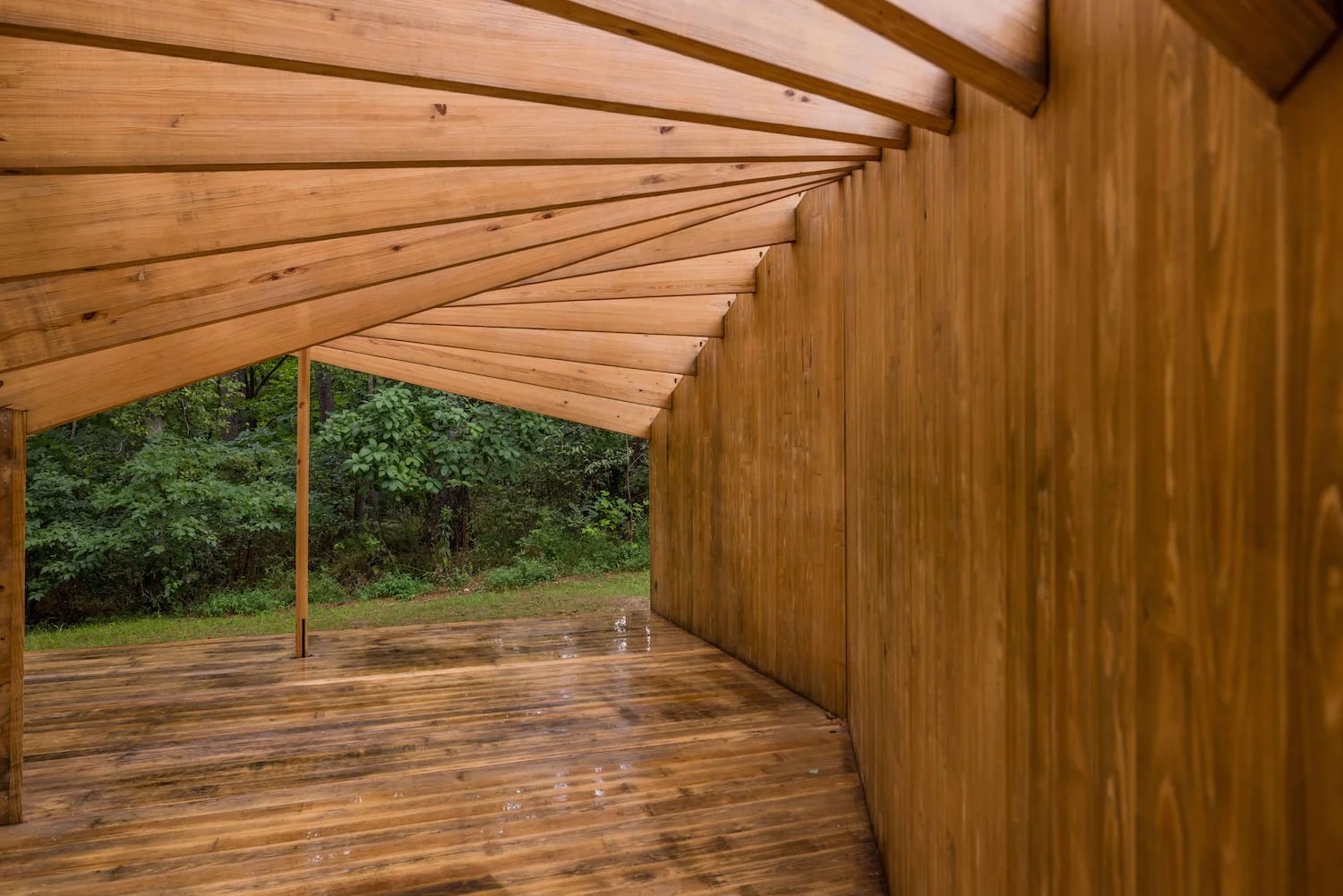
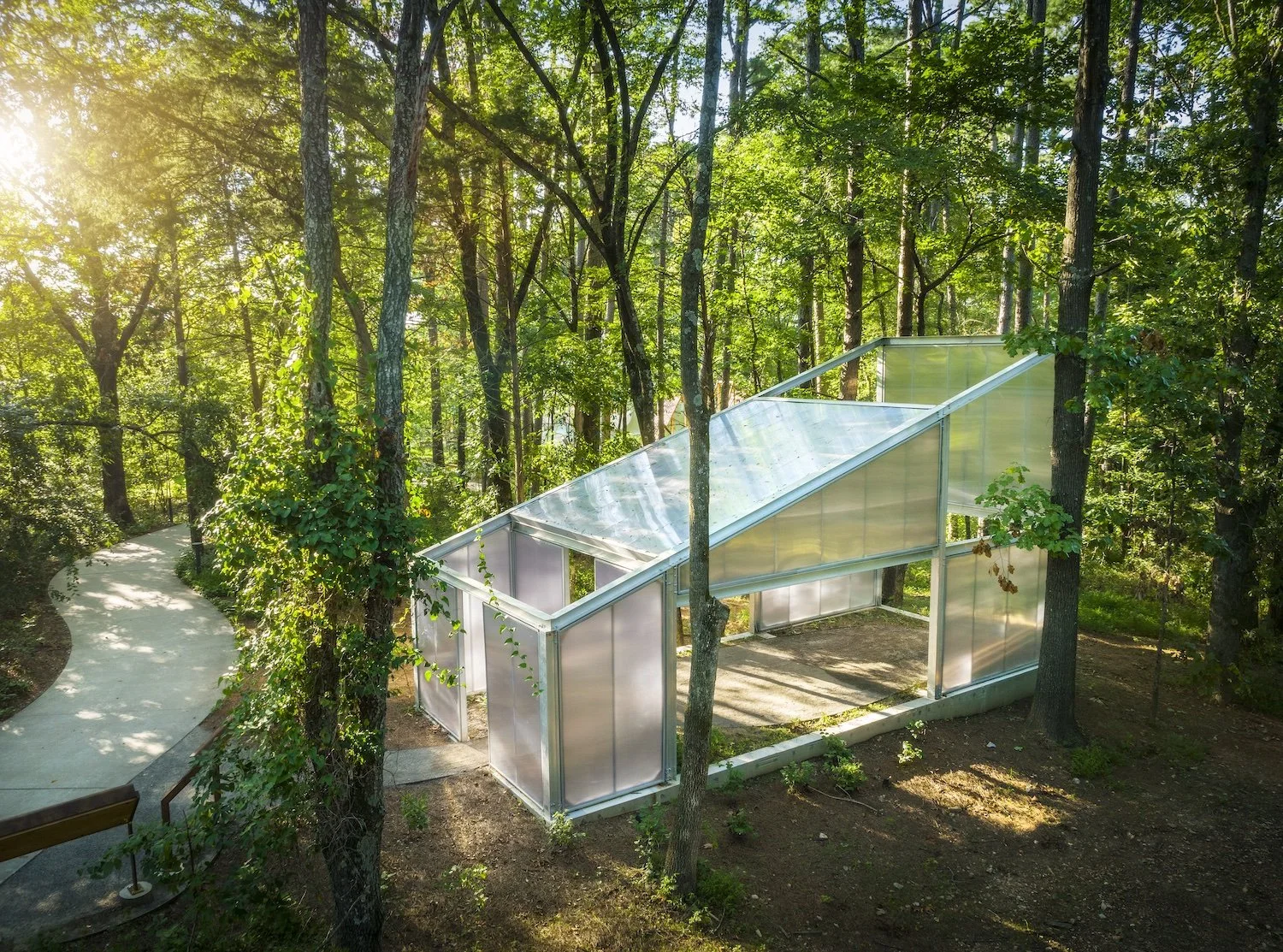
“The architecture of what we live in needs to embrace and remind us of our own cultural histories, the materiality and characteristics of our environment, the joys and spirituality of being human, and the depth and soul of individual life. Not one design, housing typology, architectural lineage, or even material can speak for everyone.”
Exhibition Website
Visit the exhibition site for extended content, educational information, and virtual walk-through of the structures.
Curator’s Note:
Yesterday, I walked through Architecture at Home. It was the perfect morning as the light pushed the colors to their most vibrant. This exhibition started as a quest to understand if beauty and affordability could coexist in one structure. I hoped to see structures that technically proved this was possible. The show isn’t anything like what I expected. Each installation is deeply personal—pulling on the life experience, soul, and mind of the architects.
The pieces were created in one of the most bizarre times in recent human memory: Covid, Trump, the murder of George Floyd, Black Lives Matter Movement, a wave of anti-aborition laws, and discriminatory laws targeting queer youth. During this time, home—individual sovereignty—became more sacred than ever As you walk through the show, each installation gently tells the story of the power and symbolism of the spaces that surround our bodies.
The bold subject isn’t the merging of affordability and beauty, although it is addressed. The subject of the show is an intimate exploration of the human connection to land, place, ecosystem, history, and each other. How all of these elements align with the symbolism and memory of individuals. What happens if we think about the people who live in a space before we begin to crunch the numbers? what does it do to a community when there is housing that not only supports the multiplicity of ways people live, but also the beautifully diverse spiritual and deeply rooted psychological characteristics of individuals’ relationship to the spaces they inhabit?
For the first time in any architecture show I’ve experienced at a museum, these pieces unite to show how architecture can acknowledge where we came from while persuading us to lean into the beauty of our humanness.
Thank you to all participating firms: LEVENBETTS, MUTUO, studio:indigenous, Studio Sumo, and Perez Palacios Arquitectos Asociados.

